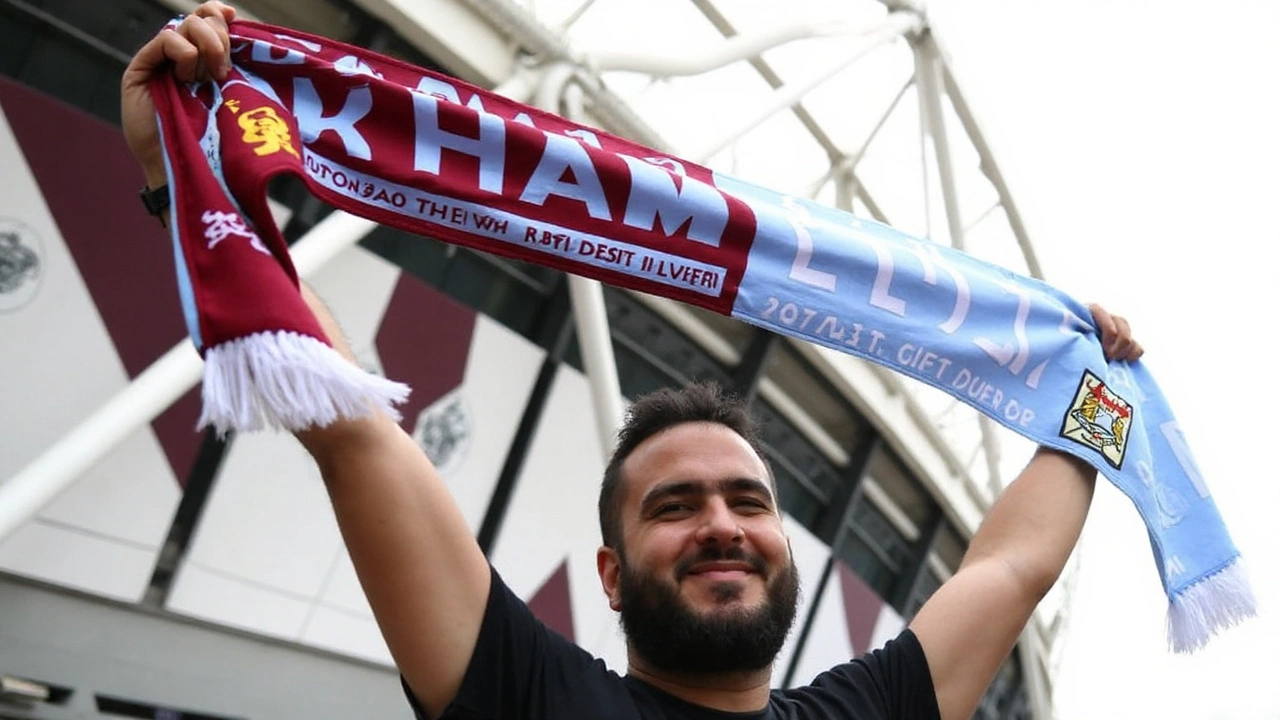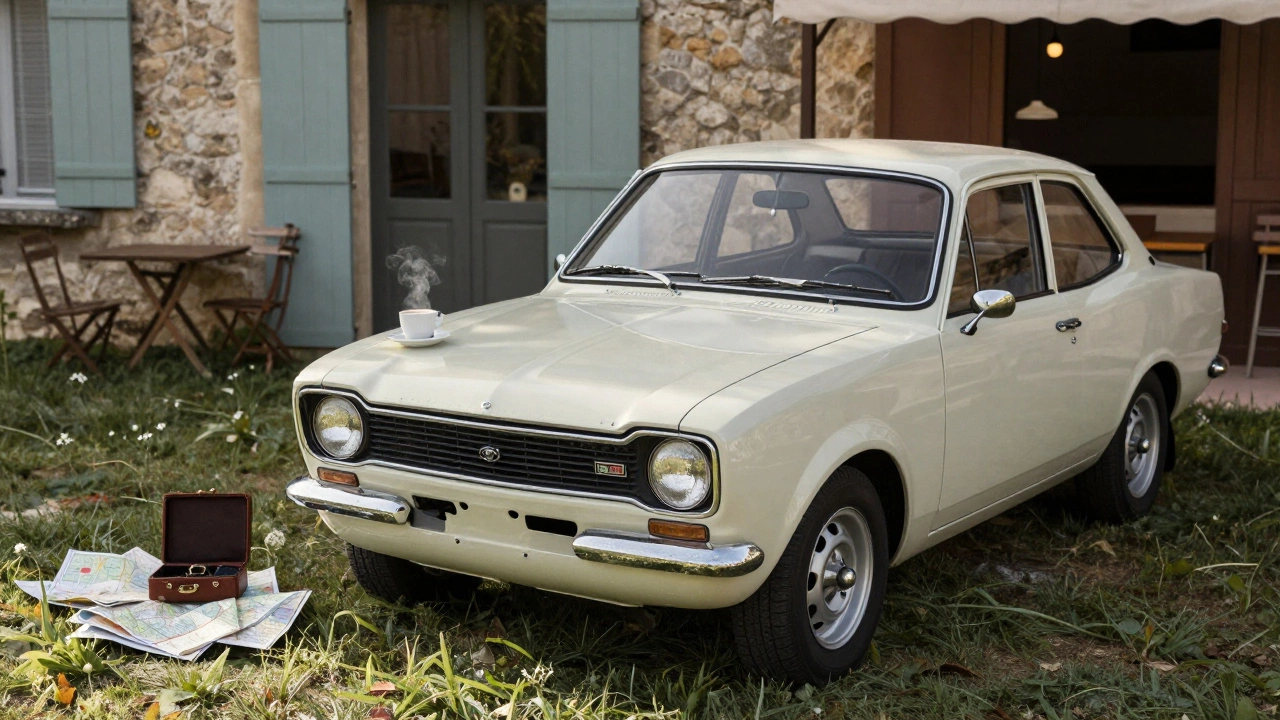Half-and-half scarves banned: West Ham outlaws mixed colours for Tottenham derby amid security push

Why West Ham banned half-and-half scarves
West Ham has taken an unusual step for a Premier League fixture: banning half-and-half scarves from the London Stadium for Saturday’s derby against Tottenham. Anything showing the colours or crests of both clubs won’t be allowed through the turnstiles. Stewards have been told to seize those items at checkpoints, and the club warns there’s no promise of getting them back.
On paper, that sounds like a small thing. In practice, it’s a sign of how tight clubs now run big-match days in the capital. West Ham framed it as a security call, not a style war. The logic is simple: mixed scarves can blur who someone supports. In a heated derby, that makes it easier for away fans to slip into home sections, where the risk of confrontation rises. The club said supporters who want a memento should buy a standard match scarf from the official store instead.
Why now? This isn’t just any London game. West Ham v Tottenham is a prickly rivalry with years of edge. Emotions are already up a notch this week after Mohammed Kudus’ £55 million move from West Ham to Spurs in the summer, a transfer that landed badly among Hammers fans. Throw in a sold-out stadium and the usual derby noise, and you’ve got a night where the club wants to remove any gray areas.
One more point: these scarves aren’t usually sold by clubs. They come from pop-up vendors outside grounds, pitched at one-off visitors and neutrals who want a keepsake. For traditional matchgoers, that’s always been part of the problem. The Telegraph’s Jim White called them “ludicrous” memorabilia that cut against football’s tribal feel. Plenty of long-time fans see them as a symbol of the tourist matchday, not the week-in, week-out support that defines a club’s identity.
But there’s a practical layer too. British stadiums rely on strict segregation. Ticketing, stewarding, and seating plans are all built around keeping rival fans apart. Anything that muddies those lines—like a scarf that hides who you’re cheering—makes that job harder. West Ham’s decision folds into a wider security plan for the day, which includes heavier steward presence and tighter checks at entry points.
That doesn’t mean this is routine. It’s not common for clubs to add fan apparel to the prohibited list. You expect to see bans on pyros, glass bottles, or flagpoles. A scarf? That’s new territory, and it underlines how seriously clubs treat risk around high-profile derbies.
What it says about fan culture and security
Whether you love or hate them, half-and-half scarves tap into a bigger split in how people watch football now. There’s the traditional core—season-ticket holders, local families, away-day diehards—who want to protect the old matchday feel. Then there’s a newer crowd of casual visitors and global fans who treat a Premier League game as an experience to collect. One side sees a scarf that says “I was there.” The other sees it as something that dilutes what being there is supposed to mean.
Derbies make that tension sharper. The atmosphere is part of the point. The songs, the boos, the little digs—they’re all wrapped into what makes local rivalries matter. Clubs try to let that breathe without letting it spill over. That’s a hard line to walk. When a game is flagged as high-risk, small details get attention. Where people stand on the concourse, the routes to the station, even what fans wear. Mixed scarves fall into that last bucket.
For vendors outside the ground, the ban stings. Big games are big business, and half-and-halfs are easy sellers. The club can’t stop what happens on public streets, but it can control what comes through its turnstiles. Expect more steward briefings, more bag checks, and more signage around the checkpoints so there’s no argument at the gates. If you’re carrying one, you’ll be asked to hand it over. If you don’t want to lose it, the message is: don’t bring it.
Will other clubs copy this? Watch the next round of heavyweight fixtures. Manchester derbies, North London derbies, Liverpool v Manchester United—those are the matches where tensions run high and the world is watching. If West Ham’s move means fewer headaches inside the ground, safety officers at other clubs will notice. You could see targeted bans pop up for specific games or categories of risk.
The flip side is optics. Banning a scarf can look heavy-handed, especially to overseas visitors who see them as part of the day out. Not every supporter who buys one is a tourist, and not every tourist is a problem. Plenty just want a souvenir and a good memory. That’s why the debate feels so charged—because it’s not really about knitwear. It’s about who the modern matchday is for.
There’s also the issue of enforcement. Stewards can confiscate scarves at the entry point, but what about those already inside? The club will rely on spot checks, common sense, and fan cooperation. Stadium safety teams do rolling risk assessments during games; if something flares up, they act. That can mean moving people, removing them, or shutting off sections until things cool down. None of that is new. Taking mixed scarves out of circulation is just one more lever to pull before trouble starts.
From a legal standpoint, clubs cover this in their ground regulations and ticket terms. They reserve the right to refuse entry to any item deemed a security risk. Most fans accept that, especially after years of tighter controls across the league. The difference here is perception. A scarf doesn’t read as a threat. It reads as a souvenir. That’s why West Ham’s comms spelled out the reasoning: it’s about preventing away fans in home areas, not policing taste.
Culturally, the ban plays into a long-running argument about what’s “authentic” in football. Old-school supporters say you pick a side and stick to it. Anything else isn’t matchgoing—it’s sightseeing. The counter is simple: the Premier League is a global stage now. The league wants newcomers, tourists, families, and the next generation. Those fans spend money, help fill seats, and carry the product worldwide. Clubs try to balance those worlds without losing the edge that makes the product valuable in the first place.
So what should fans expect on Saturday? Clear messaging at the stadium, visible stewarding, and less tolerance for anything that blurs the home-and-away divide. If you’re heading to the game with a mixed scarf, expect to have it taken. If you want a keepsake, the club’s pushing official gear in West Ham colours. That part is practical and political: safer in the stands, money kept in-house.
As for the rivalry itself, the stakes sell the story. West Ham-Spurs has always mixed football and pride. The move to the London Stadium changed the matchday footprint but not the undercurrent between east and north London. Whether the Kudus transfer ends up shaping the game or just the mood around it, it has added fuel at exactly the wrong time for a safety team trying to lower the temperature.
There’s a chance, of course, that this all passes with a shrug. Most fans just want to watch the match, meet their mates, and get home in one piece. If the ban keeps away supporters out of home stands and avoids a few flashpoints, it will be judged a success behind the scenes. If it causes queues, arguments at the turnstiles, or piles of seized scarves with no way to claim them, expect noise on social media and pressure on the club to explain the process.
Either way, West Ham has drawn a line. A small piece of fabric now carries a bigger message about where English football is headed: more control, clearer boundaries, and fewer grey areas on days when emotions run hot. If the policy sticks, the mixed scarf might fade from derby day photos. If it doesn’t, it will be back around shoulders the next time the TV trucks roll in and the tourist stalls set up shop outside the ground.


